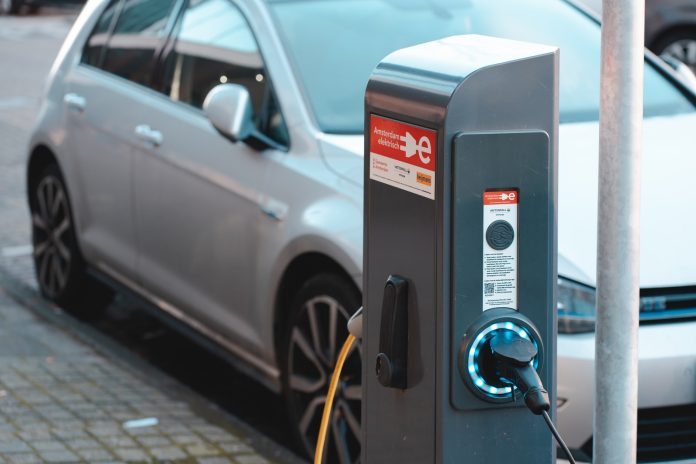
Electric cars are becoming a part of our everyday lives in the UK as commercially available models continue to be developed and released. Many of these models now stand shoulder-to-shoulder with their petrol-powered counterparts, providing a real, sustainable alternative to driving with a reliance on fossil fuels.
It has also emerged that electric vehicles may well be cheaper to service than gas-guzzlers, owing to their lack of an engine. But this raises questions; chiefly, what do you as a motorist need to do to maintain an electric vehicle?
Conventional Maintenance
While there is much that is different about an electric car in comparison to a petrol-powered one, there are still some fundamental similarities – ones that cross over into maintenance, as well. One of the most obvious examples of this relates to tire maintenance. Both electric and petrol-powered cars use conventional car tires and are beholden to the same legal frameworks.
As such, you should make a habit of checking your electric car’s tire treads and tire pressure on a regular basis, just as you would a gas guzzler. Opting for higher-quality Michelin tires can ensure they provide better performance and last longer, reducing the amount of time you spend on maintenance as a result.
There are some other core areas that will be familiar to those who have owned conventional cars before. Suspension and brakes are essentially the same and require the same regular checks from a mechanic as a result.
The key difference between the two types of cars is, of course, the engine. Electric cars do not have one and hence require less in the way of maintenance checks. Oil checks and changes are a common and regular part of an internal combustion engine (ICE)’s life cycle; electric cars do not require this, being powered by an electric motor.
The Battery
Where conventional vehicles run using petrol or diesel as a fuel, electric cars use electrical energy stored in onboard battery power packs or cells. These are charged from public charging points or through your home’s electrical outlets. These require maintenance in order to operate at their best, but maintaining them is simpler than it might sound.
All you need to do is consult your electric vehicle’s operating manual for the best way to maintain your batteries. It may be that you need to run your car to near-flat in order to preserve your battery’s maximum charge. You may also be required to keep a certain amount of charge in your car when it isn’t in use to keep the batteries functioning optimally.
Specialist Needs
While electric vehicles have less in the way of moving parts, making them significantly cheaper to maintain, their maintenance can be much more complicated than ICE car maintenance. This is because the electric motor and battery packs’ operation is governed by sophisticated technology, which requires specialist understanding to work on. If you are experiencing a loss of power or other difficulties with your car, you may not be able to solve the problem yourself.








